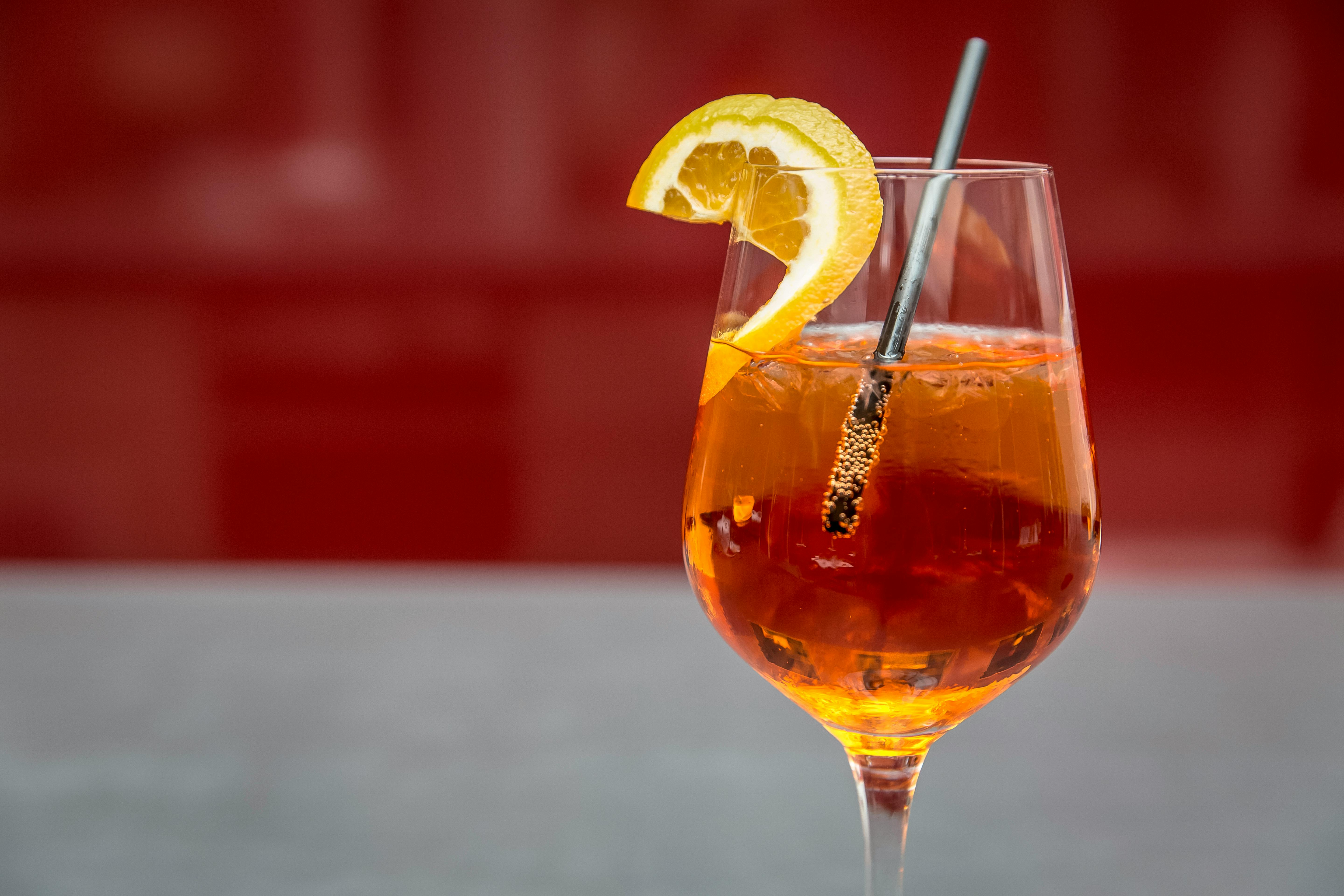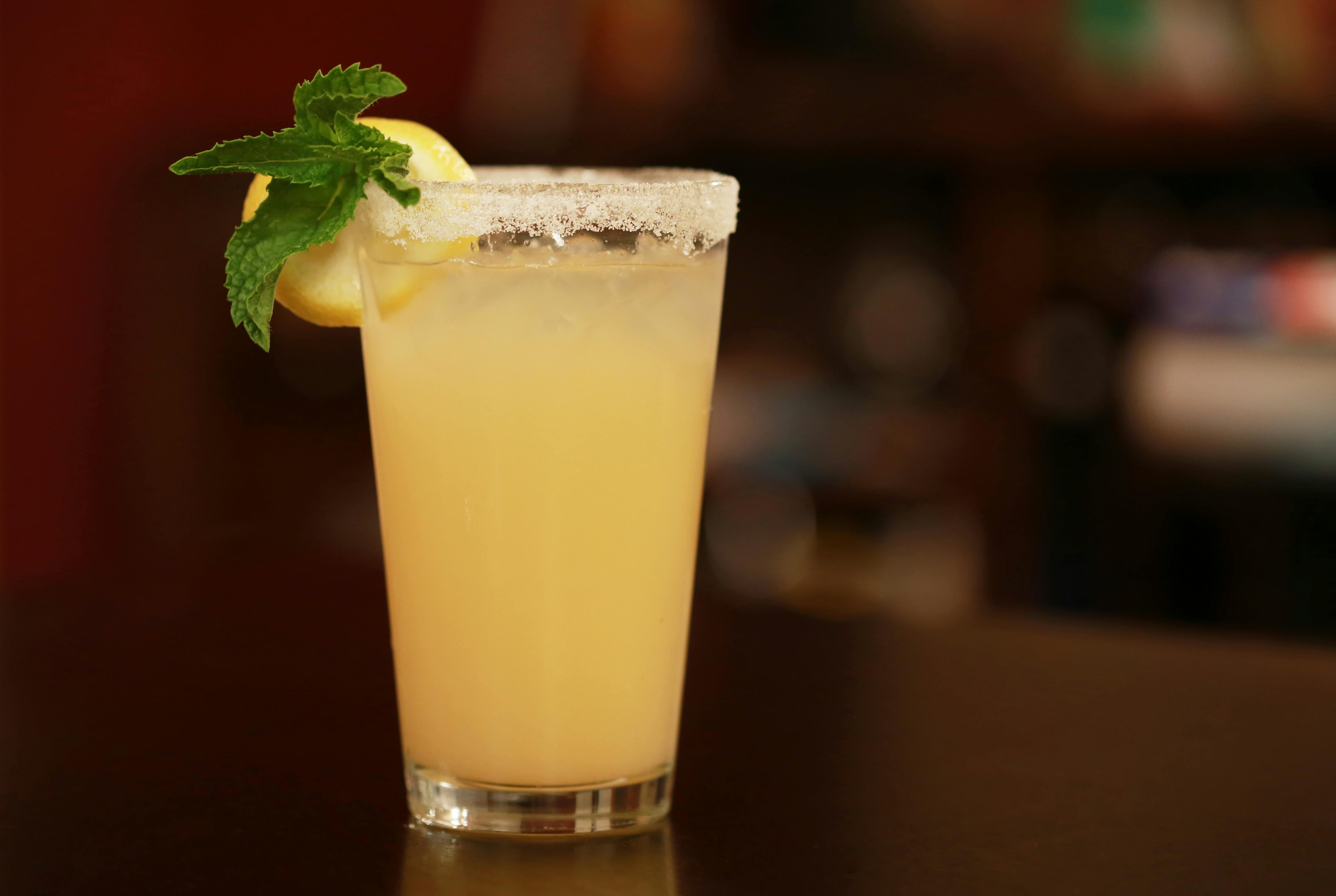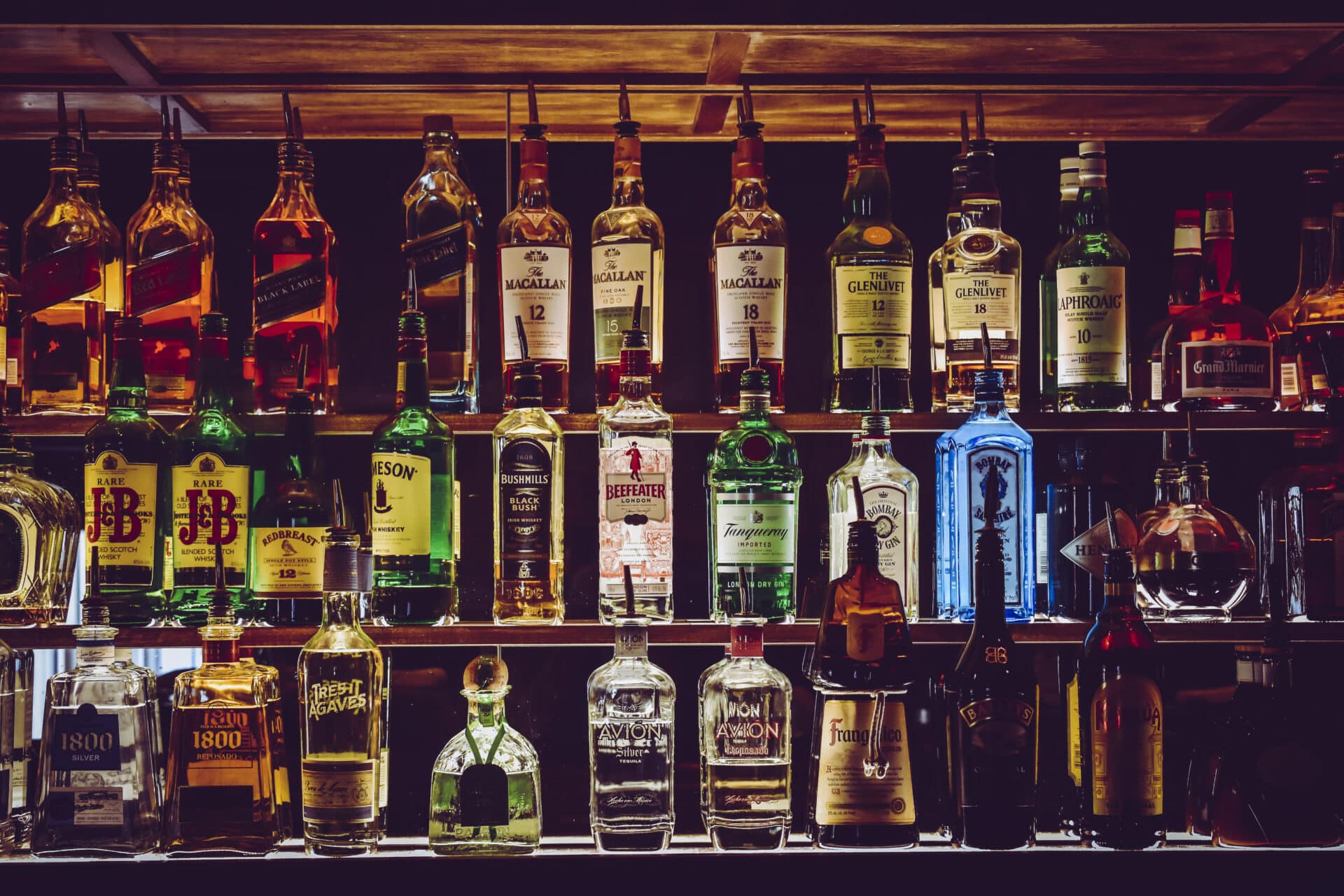Distilling rum is a great way to create your own unique spirit at home. It can be a fun and rewarding experience, with the end result being a high-quality product that you can enjoy for years to come. This guide will provide you with all the information you need to know in order to successfully distill your own rum. From the basics of distillation, to the equipment and ingredients needed, as well as instructions on how to distill your rum correctly, this guide will help you become an expert in no time.To distill rum, you will need a still. Start by boiling the fermented wash. Once the wash is boiling, it will produce steam which will travel through the still and condense into a liquid known as low wines. Collect the low wines in a receiving vessel and then redistill them using a second still. The result of this second distillation is called high wine or rum spirit. Collect the high wine in another vessel and it is now ready to be aged, blended, or bottled as pure rum.
What You Need To Distill Rum
Distilling rum requires a few basic pieces of equipment, but the process can be quite complex. To make a great tasting rum, you’ll need a still, fermenter, column, condenser, and collection vessel.
The still is the most important piece of equipment in distilling rum. It’s used to heat and vaporize the fermented sugar wash to separate out the alcohol from the water. There are many different types of stills available on the market today. Different stills can be used for different types of distillation methods, so it’s important to do your research and understand which type will best suit your needs.
The fermenter is also an essential part of distilling rum. This is where the sugar wash is fermented with yeast to create alcohol. The type of fermenter you use depends on how much rum you plan to make and what type of fermentation process you plan to use.
The column is what helps separate out any impurities or other compounds that may be present in the fermented sugar wash before it enters into the condenser and collection vessel. This helps ensure that only high-quality pure alcohol makes it into your finished product.
The condenser is used to cool down and condense the alcohol vapor back into liquid form so that it can be collected in a collection vessel or barrel for storage or aging purposes.
Finally, the collection vessel or barrel is where the finished product will be stored and aged until it’s ready to drink. Different types of barrels and vessels can be used depending on what type of flavor and complexity you want in your final product.
When properly executed, distilling rum can lead to an enjoyable final product that has all sorts of unique flavors and aromas that are sure to delight even the most discerning palate. With these tools in hand, you’ll have everything you need to start your own distillery!
Preparing The Ingredients For Distilling Rum
Distilling rum requires several key ingredients, including molasses, yeast, and water. Molasses is a thick syrup made from boiling and evaporating sugar cane or sugar beet juice. It is the main source of fermentable sugars used to produce alcohol in the distillation process. Yeast is a fungus that consumes sugars and produces alcohol and carbon dioxide. Water is also essential for extracting flavor compounds from the molasses and purifying the alcohol produced by the yeast.
Molasses can be purchased from a variety of suppliers, including those specializing in distilling supplies. When purchasing molasses, it is important to ensure that it has been stored properly so as to avoid contamination with unwanted organisms or other impurities. The type of molasses used will also depend on the desired flavor profile of the rum being produced.
Yeast is also an important ingredient in making rum. Different types of yeast can be used depending on the desired flavor profile and desired level of alcohol content. Some common types of yeast include dry bakers’ yeast or champagne yeast, which produce higher levels of alcohol than other types of yeast. Yeast should be stored in a cool, dry place to prevent contamination with other organisms or impurities.
Water is another essential ingredient when making rum and should be purified prior to use in order to eliminate any impurities that could affect the flavor or color of the finished product. Distillers often use reverse osmosis systems or charcoal filtration systems to purify their water source prior to use in distillation.
In addition to these key ingredients, there are several other elements that can affect the flavor profile and quality of rum being produced. These include aging oak barrels, spices such as cinnamon and clove, caramelization agents such as brown sugar or dark brown sugar syrup, and other flavoring agents such as fruit juices or extracts. All these ingredients should be carefully considered when distilling rum as they can have a significant impact on the final product’s flavor profile and quality.
By carefully selecting each ingredient used during distillation, producers can create unique rums with distinct flavors that reflect their own personal tastes and preferences. With some practice and experimentation, anyone can become an expert distiller capable of producing high-quality rums with unique flavors that stand out amongst their peers!
Understanding The Distillation Process
Distillation is a process of separating mixtures of liquids into their components, based on their different boiling points. This process is widely used in the chemical and food industries to separate or purify liquids. In the distillation process, a mixture of liquids is heated to boiling point, and the vapour that is produced is then condensed back into liquid form and collected. The component with the lower boiling point will vaporize first, leaving behind the component with a higher boiling point. This process can be repeated for more complex mixtures. The distillation process requires careful control over temperature and pressure to ensure that only the desired components are separated from each other.
The distillation process can be used to separate pure solvents from impure mixtures. It can also be used to purify solvents or extract essential oils and flavours from plants or fruits. In some cases, it can also be used to separate water from alcohol by collecting water in the condenser while allowing alcohol vapour to pass through it. Distillation can also be used for separating different components of a mixture without changing their chemical properties.
In addition to separating substances, distillation is also used for concentrating solutions by removing water from them. This is done by evaporating the water from the solution using high temperatures and then condensing it back into liquid form in a separate container. Distillation can also be used for fractional distillations where multiple fractions are collected from a single mixture based on their different boiling points.
Distillation is an important part of many industrial processes as it allows for precise control over the separation and concentration of various substances. It requires careful monitoring and control over temperature, pressure and time in order to ensure that only desired components are separated from each other without changing their chemical properties.
Setting Up Your Home Still For Distilling Rum
Distilling rum at home can be a very rewarding experience. But it requires some preparation and knowledge of the process. Here are some tips for setting up your home still for distilling rum.
The first step is to purchase a quality still, such as the 5-gallon copper moonshine still from Moonshine Stills & Supply. This still is designed specifically for distilling spirits and comes with all of the necessary components, including the pot, condenser, thermometer, and safety valve.
Next, you’ll need to gather all of the supplies needed to distill your rum. This includes a fermentation vessel (such as a carboy or food-grade plastic bucket), yeast, sugar or honey, water, and any other ingredients you may wish to add for flavor or color (such as molasses).
Once you have all of your supplies gathered, it’s time to start the distillation process. Begin by mixing the yeast, sugar, and water in the fermentation vessel according to the instructions on the package. Allow the mixture to ferment for a few days before transferring it into your still.
When transferring your fermented mixture into the still make sure that it is not too full so that there is enough room for vaporization and condensation inside of your still during distillation. Once everything is in place connect all of the components together according to their instructions and secure them with clamps or other fasteners.
Finally, turn on your heat source (such as an electric stovetop) and adjust it until you reach a steady rate of vaporization inside of your still. Monitor this with a thermometer throughout distillation until you have reached your desired alcohol percentage in your rum product. Once this has been achieved turn off your heat source and allow everything to cool before bottling and enjoying!

Fermenting The Sugars To Make Alcohol For Distilling Rum
Distilling rum requires taking sugar and fermenting it in order to make alcohol. This process starts by harvesting sugar from sugar cane or molasses. The harvested sugar is then processed into a syrup, which is then combined with water and yeast to start the fermentation process. The yeast converts the sugars into alcohol and carbon dioxide, which is then collected for distillation.
The distillation process involves separating the alcohol from the other components of the fermented mixture by heating it up and collecting the alcohol as it vaporizes. The vaporized alcohol then passes through a condenser where it cools down and turns back into liquid form. This liquid is then collected as rum, which can be aged in barrels or blended with other ingredients to create different types of rum.
The process of fermenting sugars to make alcohol for distilling rum is an important part of creating high-quality spirits. By carefully controlling each step of the process, distillers can ensure that their products are consistent in quality and flavor. In addition, fermentation can add unique flavors to the rum that can’t be achieved through any other method.
Collecting The Alcohol From The Still For Distilling Rum
Distilling rum is a time consuming process that requires a great deal of skill and precision. Collecting the alcohol from the still is one of the most important steps in the process. The alcohol must be collected carefully, as it is highly volatile and can easily ignite if not handled properly. Once it has been collected, it must be stored in a safe place until it is ready to be used in the distillation process.
The still itself is usually made from stainless steel or copper and consists of two parts: the boiler and the condenser. The boiler heats up the liquid inside to form steam, which then passes through pipes into a condenser where it cools and forms a liquid again. This liquid has been separated from its impurities and is now ready to be collected for distilling rum.
The alcohol needs to be carefully siphoned off from the still using special equipment such as a beer engine or auto-syphon pump. This ensures that only pure alcohol enters into the collection container without any sediment or other matter being mixed in. Depending on how large the still is, this process can take anywhere from several minutes to several hours depending on how much alcohol needs to be collected.
Once all of the alcohol has been collected, it must then be filtered through activated charcoal to remove any remaining impurities before being used in distilling rum. It is important to filter out any remaining impurities as they can affect both the taste and quality of the final product. Once this step is completed, all that remains is to start distilling!
Storing The Rum After Distillation
Once the rum has been distilled, it must be stored in order to maintain its flavor and quality. The ideal storage environment for rum is cool, dark, and dry. Humidity levels should be between 40-60%, and temperatures should remain below 70°F (21°C). Light exposure should be kept to a minimum, as UV rays can affect the flavor of the rum. If a light-proof container is unavailable, wrapping the bottle in foil or a brown paper bag can help prevent light from seeping in.
When storing rum for long periods of time, it’s important to ensure that the bottle is tightly sealed. Over time, evaporation can occur if the bottle isn’t properly sealed. It’s also important to check on the rum periodically to make sure there are no signs of contamination or spoilage.
Finally, it’s important to store rum away from other strong aromas and flavors. This will help prevent any unwanted flavor transfer that could affect the taste of the rum. With proper storage techniques, your rum will remain flavorful and enjoyable for many years to come!

Conclusion
Distilling rum is a process that requires patience and precision. Distilling your own rum allows you to customize the flavor of the spirit to your liking. The process is not complicated, but it does require some basic knowledge of the distillation process. To make great-tasting rum, you must start with good ingredients, use the right equipment and follow a few simple steps. With a bit of practice and experimentation, you can learn how to make delicious homemade rum.
For those who want to learn more about distilling spirits, there are many resources available online and in print. Home distillation can be a rewarding hobby that brings friends and family together for a unique experience. With a little knowledge and practice, anyone can learn how to distill quality rum at home.

